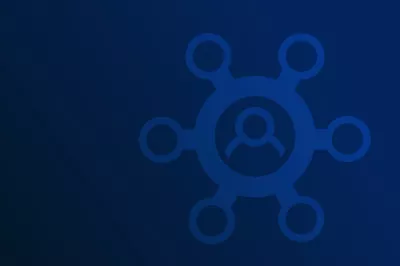Do you know which software your company is currently using? From which provider? Are you sure you are not paying more for your licenses than necessary? Or are your licenses actually not sufficient for what your company is using?
Software Asset Management gives you a clear and permanent overview of your company's software resources, thus controlling costs, risks, and, above all, licenses.
Software asset management is one of several features included in our IGA for SAP solution.





